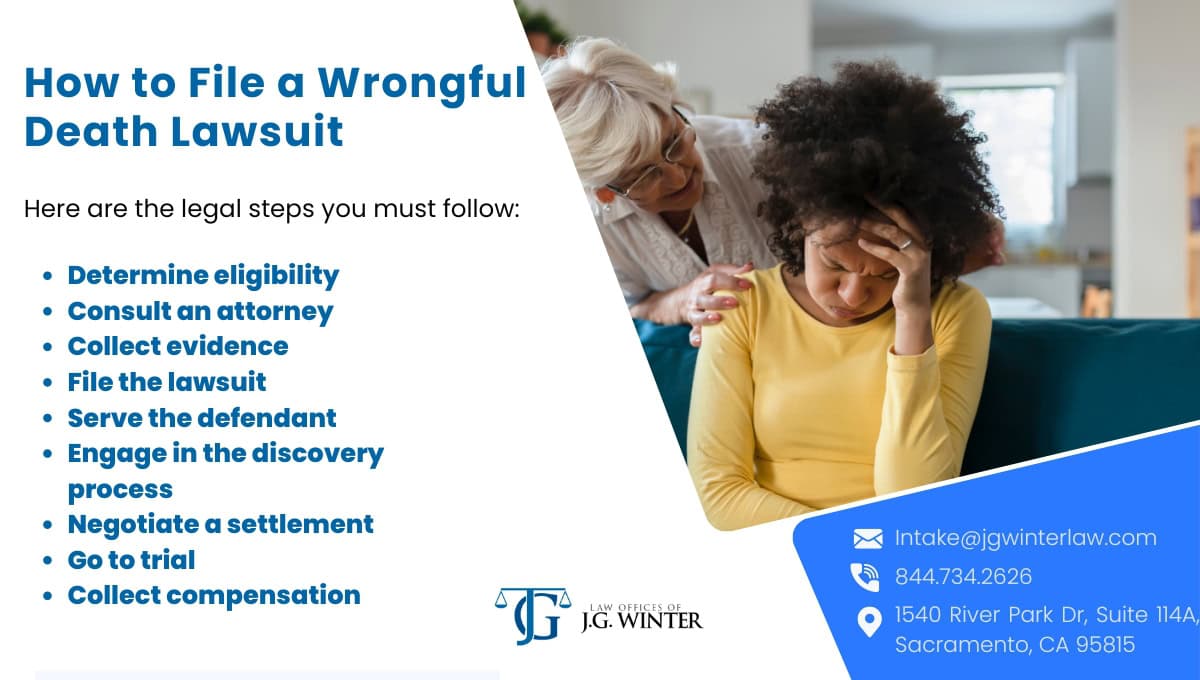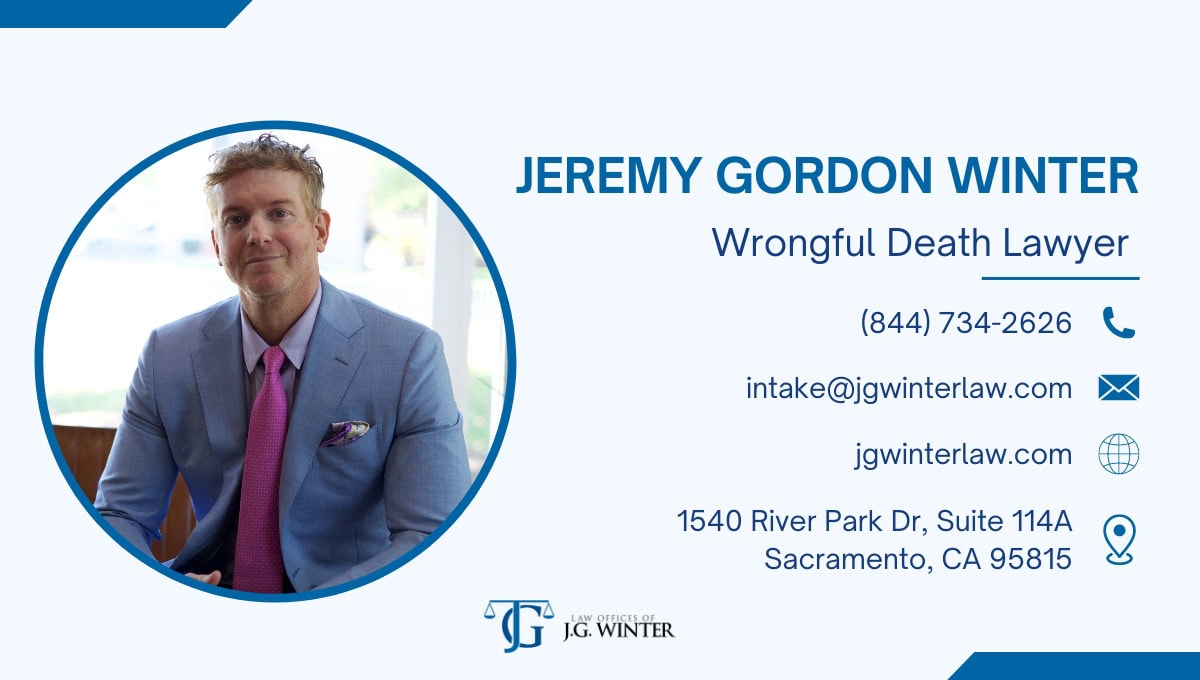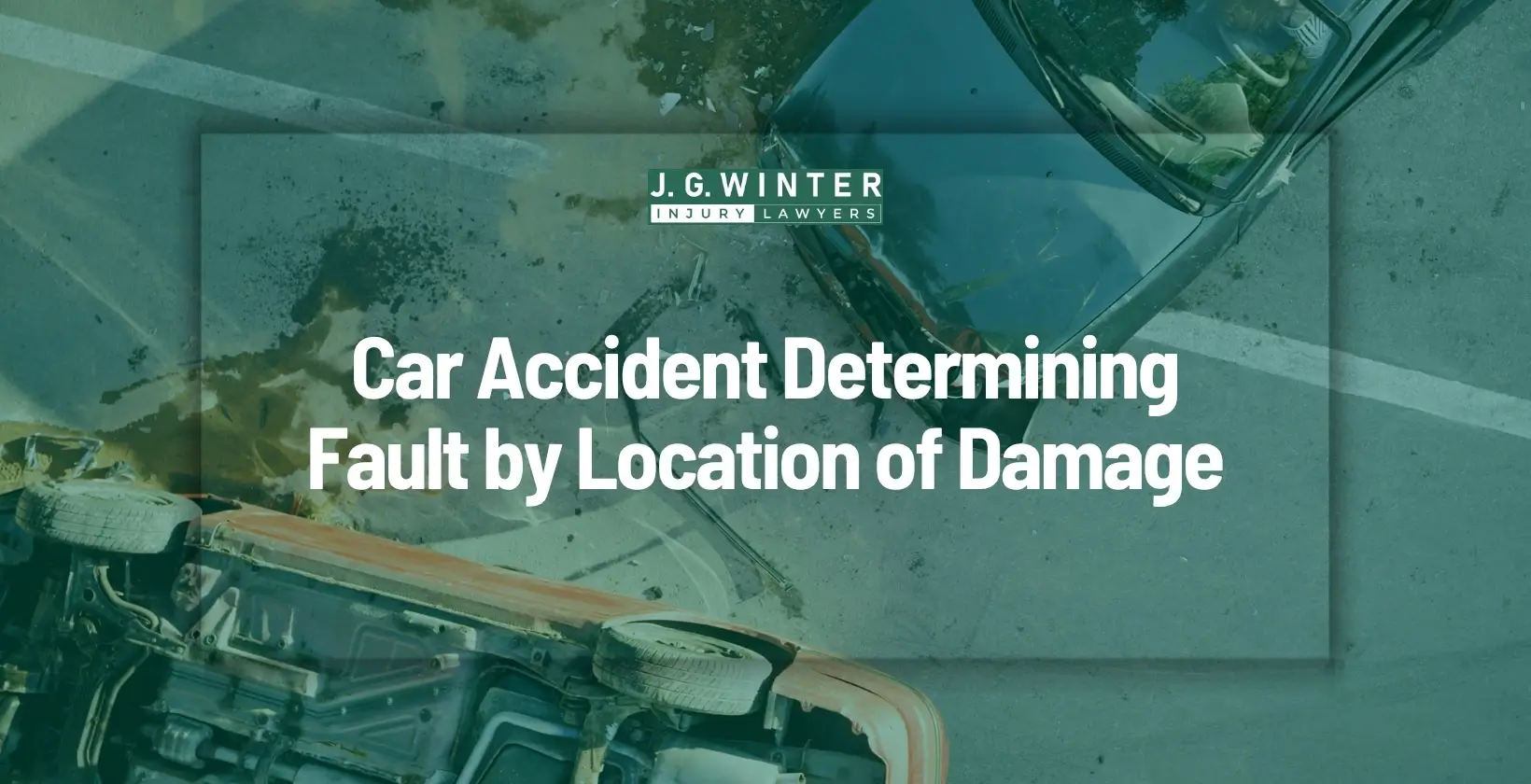The sudden loss of a loved one leaves families overwhelmed with grief and unanswered questions. Amid this emotional turmoil, the financial burdens and the complexities of the legal system can feel insurmountable. Therefore, understanding what is wrongful death lawsuit is crucial for families seeking justice. A wrongful death lawyer can offer compassionate guidance during this challenging time.
Types of wrongful death Cases
Wrongful death cases happen when a person dies due to someone else’s careless or intentional actions. We categorize these cases into three main types: intentional acts, accidents from negligence, and medical malpractice.
Understanding these categories helps in recognizing how responsibility is determined in wrongful death.
Intentional acts
This happens when an action meant to harm someone ends up causing death. Examples are acts of violence that lead to fatal injuries or deliberate killings classified as murder or manslaughter.
Accidents due to negligence
These cases occur when someone doesn’t act carefully, leading to an accident and a death. This can include car accidents from reckless driving or unsafe conditions on a property, like slippery floors that cause deadly falls. It also covers deaths caused by faulty products like defective car parts or unsafe drugs.
Medical malpractice
This category includes deaths caused by healthcare providers’ mistakes or carelessness. This might be surgical errors, wrong or delayed diagnosis of a serious condition, or incorrect medication usage.
Who can sue for wrongful death in California?
California law specifies who has the right to file a wrongful death lawsuit. These individuals, typically close family members or dependents, can seek compensation for their losses resulting from the wrongful death.
Here are the ones who can sue for Wrongful Death.
- Spouses: A husband or wife can sue for losing companionship and financial support after their spouse dies.
- Children: Minor and sometimes adult children can sue for losing parental guidance and financial support.
- Parents: If a child dies, especially a minor, their parents can file a wrongful death lawsuit.
- Legal representatives: Sometimes, the person who handles the deceased’s estate can sue on behalf of the family or the estate itself.
If you’ve lost a loved one due to someone else’s negligence, it’s crucial to understand your rights and options. Contact a Wrongful Death Attorney today for a free consultation. We can help you determine eligibility to file a claim and guide you through the legal process. Call us now at 1.916.702.7870.
Elements of a wrongful death lawsuit
To establish a successful wrongful death claim, you need to prove several key elements:
Medical malpractice
To establish a wrongful death claim, it’s crucial to prove that the defendant’s actions were either negligent or intentional. Negligence refers to a failure to exercise reasonable care, while intent involves a deliberate act to cause harm. The burden of proof varies depending on the case. For negligence, the plaintiff must show the defendant’s duty of care was breached, directly causing the death. The plaintiff must prove the defendant’s intent to harm or kill for intentional acts.
Causation
Causation is a critical element in any wrongful death lawsuit. It means proving that the defendant’s actions directly caused the victim’s death and that the death wouldn’t have happened without those actions. Proving this connection can be complex, often requiring expert opinions and a thorough examination of the events leading up to the death.
Damages
In a wrongful death case based on negligence, “damage” is a crucial element that must be proven. It refers to the actual loss or harm suffered as a result of the defendant’s negligence. This includes economic losses like medical expenses and lost earnings, as well as non-economic losses such as pain and suffering and loss of companionship. Proving damages is essential to establish the impact of the negligence and to secure compensation.
Statute of limitations for filing a wrongful death lawsuit in California
In California, the statute of limitations for filing a wrongful death lawsuit is generally two years from the date of the deceased person’s death. This legal deadline means that the deceased’s family members or representatives must file their lawsuit within two years, or they risk losing the right to do so.
However, there are some exceptions to this general rule that can affect how long you have to file:
- Discovery rule: If someone discovers the cause of death later, the statute of limitations will start from the date of discovery rather than the date of death.
- Government entities: If the wrongful death involves a government entity or employee, you must file a claim with the relevant government office or agency within six months of the incident as part of an administrative process before initiating a lawsuit.
- Minors: If the claimant is a minor, the countdown for the statute of limitations may be delayed until the minor reaches the age of majority, which is 18 in California.
How to file a wrongful death lawsuit?

Filing a wrongful death lawsuit in California can lead to financial security and closure, but it requires you to follow specific legal steps to protect your rights. Here are the legal steps you must follow:
Determine eligibility
Identify who can legally file the lawsuit. This typically includes immediate family members like spouses, children, or parents of the deceased.
Consult an attorney
Consulting an attorney after a wrongful death is vital because they know how to handle complex laws and procedures. However, you must ask questions to the wrongful death lawyer before hiring them. Take the time to speak with a potential attorney to determine if they are the right fit to represent your family and handle your case.
They can investigate the incident, collect evidence, determine damages, and deal with insurance companies. Most importantly, they offer support and guidance when families are grieving, helping them focus on healing while protecting their legal rights.
Collect evidence
Gather all necessary evidence that supports the claim of wrongful death due to negligence or an intentional act. This might include medical records, accident reports, eyewitness accounts, and employment documents if the death involved workplace issues.
File the lawsuit
Your attorney will help draft and file a complaint with the appropriate court. The complaint will outline details of the case, including the relationship to the deceased, the defendant’s alleged negligence, and the damages sought.
Serve the defendant
After you file the lawsuit, you must officially inform the defendant. This is done through a process called “service of process.”
Engage in the discovery process
Both sides share information during discovery. This includes giving depositions, exchanging documents, and responding to written queries.
Negotiate a settlement
Often, wrongful death cases are settled outside of court. Your attorney will discuss terms with the opposing party or their insurance company to secure a fair settlement for your losses.
Go to trial
If a fair settlement cannot be reached outside the court, the case goes to trial. Both sides present their evidence, and a judge or jury decides on liability and damages.
Collect compensation
After winning a wrongful death lawsuit, the next step is to collect the compensation you were awarded. This usually means working with the defendant’s insurance company to get the payment. If the defendant doesn’t pay on their own, you might need to take legal steps like taking part of their wages or seizing assets to get the money the court awarded you.
How are wrongful death damages paid out?
When it comes to paying wrongful death damages, beneficiaries have two primary options: structured settlements and lump-sum payments. Each has its benefits and considerations, depending on the survivors’ financial needs and circumstances.
Structured settlements
Structured settlements offer payments over time based on the ongoing financial needs of the deceased’s dependents. This option is good for ensuring long-term financial stability, helping with expenses like funding education, providing a regular income, or covering ongoing medical costs related to the incident.
Additionally, structured settlements offer tax advantages and a steady income, minimizing the risk of overspending.
Lump sum payments
A lump-sum payment gives families all the awarded damages at once. This option allows families to quickly cover large expenses like debts, medical bills, and funeral costs or to make significant investments. Receiving money in a lump sum can also offer financial closure, allowing families to use the funds as they see fit without waiting for smaller payments over time.
Are wrongful death settlement taxable?
Wrongful death settlements are generally not taxable under federal law. Compensation received for physical injuries or illness and the pain and suffering component of the settlement are typically exempt from taxes. However, any portion of the settlement that represents punitive damages or interest on the settlement may be taxable.
It’s important to consult a Sacramento wrongful death lawyer or a tax professional for specific guidance based on the settlement details.
Who pays in a wrongful death claim?
In a wrongful death lawsuit, the person or entity responsible for the death pays the compensation. This could be an individual, a company, or a government agency. Typically, their insurance company pays this compensation in cases like car accidents, medical malpractice, product liabilityor workplace accidents where they have liability insurance.
How long does a wrongful death settlement take?
The duration of a wrongful death settlement can vary widely depending on several factors. Here are some key elements of how long does wrongful death lawsuit takes:
- The complexity of the case: More complex cases, such as those with unclear liability, multiple parties involved, or complicated legal issues, often take longer to resolve.
- Amount of evidence: The time required to collect and review all essential evidence, such as medical records, expert testimonies, and accident reports, can affect how long the process takes.
- Willingness to settle: If both parties are open to negotiation, a settlement can be reached more quickly. However, if either side is uncooperative, the process can be extended.
- Legal procedures: Each step in the legal process, from filing the lawsuit to completing discovery and motion practice, takes time. Delays in the court system, often due to backlogged schedules, can also extend the timeline.
- Trial necessity: Cases that go to trial typically take longer than those that settle out of court. Depending on the complexity of the case and the court’s schedule, a trial can add months or even years to the process.
A wrongful death settlement takes one to four years to resolve. Cases that settle without a trial often wrap up faster, sometimes in a few months to a year.
We advise you to consult with an experienced wrongful death attorney is crucial. The lawyers can offer a more accurate timeline based on your case’s specifics and work to speed up the process while aiming for a fair settlement.
Need a wrongful death lawyer? Let us help

During this tough time, you’re not alone. We at JG Winter Law understand your deep emotional and financial strains. Attorney Jeremy Winter will simplify the legal complexities and fight tirelessly to secure the full compensation you deserve, allowing you to focus on healing.
Why Choose Us?
- Free, No-Obligation Consultation
- No Fees Unless We Win
- Take the First Step Towards Justice
Contact us now at (844) 734-2626 to schedule your free consultation and learn how we can support you during this challenging time.




